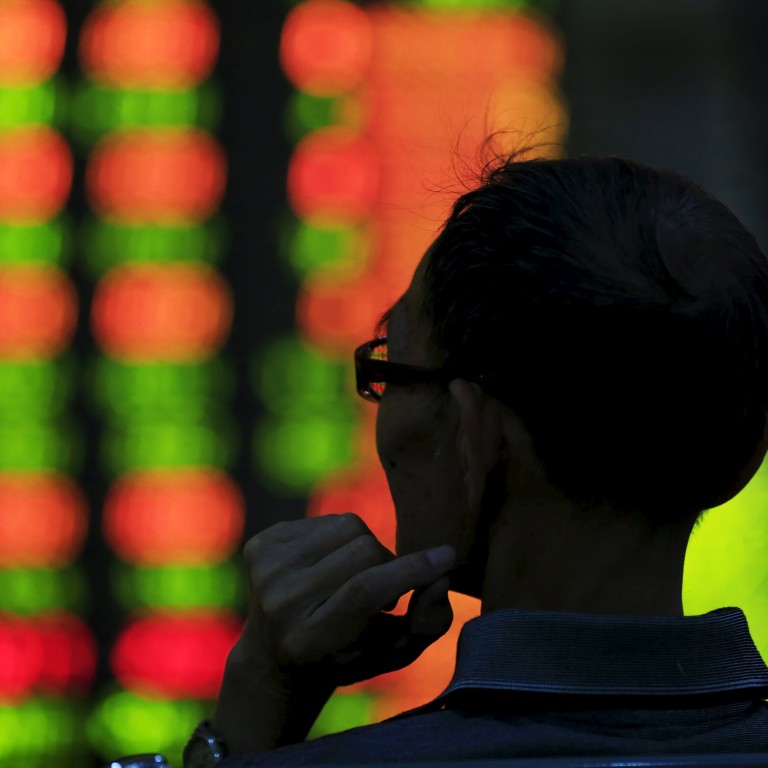
The wonderful thing about market panics in China or anywhere else
What I most like about stock market panics, such as the current one, is their predictability, yes, you read that right, I do mean predictability even though they give an impression of chaos.
There is a well-established pattern to market panics that is obscured by anxious investors clamouring to discover when the bottom will be reached (and, of course, when they will peak, at the other end of the spectrum). However precise timing is impossible and the search for both the very bottom and the very top of market surges is a recipe for madness.
Mere mortals can only hope to spot trends that indicate when a reversal is already underway. There is no shame in waiting, or for being a camp follower as opposed to be being a camp leader.
Nathan Rothschild, one of history’s most famous investors, liked to say: ‘I never buy at the bottom and I always sell too soon’. This may well have been a display of false modesty but his point was that he focused on buying when he identified good value and sold when he made a decent profit. There was, he believed, no point in getting exercised over the possibility that someone else might be able to get a better deal by securing the optimum price.
Commonsense of this kind tends to be in short supply when markets gyrate as they have been recently. However these gyrations have the distinct merit of consistency. I base this statement on something of an affection for market panics that resulted in writing a book on the subject (Market Panic: Wild Gyrations, Risks and Opportunities in Stock Markets- still just about available).
This involved looking at over 150 years of panicky behaviour in stock markets and finding clear connections that linked the great crash of 1929 with earlier crashes dating back to 1848 and subsequent crashes taking us through to 1987 and beyond.
Some of what is learned from these experiences is quite amusing. My favourite complaint from investors is: ‘why did no one warn us?’ The answer is that on every occasion investors were warned but were not inclined to listen because selective hearing ensues when breathing in the heady air of fast rising markets. This alleged lack of warning is then deemed to be somehow ‘unfair’, a complaint intensified after it is discovered that many of the big boys were busy shorting the market and exiting before the rout.
But these complaints are to be taken no more seriously than those of lazy school children who wail about the unfairness of exam questions that they cannot answer.
Then there is the usual procession of ‘experts’ who solemnly assure the great unwashed that understanding markets entails understanding mass psychology because the rational underpinning for asset values tends to be brushed aside by people’s emotions.
Wow, who knew? This insight is about as profound as the observation that when the sun goes down the sky is dark.
Of course markets, like every other area of human activity, are driven by human emotion. It just so happens that the toxic combination of fear and greed ensures that in stock markets this comes to the fore more often.
Understanding the biases that produce these extreme emotions is the key to success in markets. Benjamin Graham, one of the shrewdest investors in American history, observed that investors behave like manic depressives when markets fall and could have added that they become manic optimists when they rise, but the beauty of it is that they do so consistently.
The great strength of markets is that underlying value will eventually resurface, true, it took about two decades for that to happen in the wake of the 1929 Wall Street crash but cycles are shorter these days. What is fascinating is that some of the biggest single day market gains come in short spurts before the overall market recovery; you need to be very quick to catch them.
What requires little predicative ability is the knowledge that markets always produce extreme behaviour that leads to both over selling and over buying. If investors would only focus on the value indicators of investments instead of the level of their price change, they would be far more relaxed and far less prone to panic.
As prices plunge in the way they are currently plunging, up pops that glorious thing: opportunity. Even the best stocks are to be had at far less demanding prices. What on earth is depressing about this kind of bargain?
All that’s required is a bit of patience and a steely determination to wait until the bears are exhausted. Those sitting on stock portfolios caught in the rout also need patience and should remember that no loss has been made until a transaction takes place.
Stephen Vines runs food companies in the food sector and moonlights as a journalist and a broadcaster

